Discover Pandipedia
Pandipedia is the world's first encyclopaedia of machine generated content approved by humans. You can contribute by simply searching and clicking/tapping on "Add To Pandipedia" in the answer you like. Learn More
Expand the world's knowledge as you search and help others. Go you!

Vegan diets are appealing for several reasons, primarily health, ethical, and environmental concerns. Many individuals adopt a vegan lifestyle to improve their health by reducing the risk of chronic diseases such as heart disease, hypertension, and type 2 diabetes. A vegan diet is typically lower in calories and saturated fats while being rich in dietary fiber, vitamins, and antioxidants, contributing to better overall health and weight management[1][3][5].
In addition to health benefits, ethical motivations play a significant role in the appeal of veganism. Many people choose this lifestyle to avoid animal cruelty and exploitation, aligning their dietary choices with their values regarding animal rights[4][5]. Furthermore, a vegan diet is considered more environmentally sustainable, as it reduces greenhouse gas emissions and conserves vital resources[3][4].
Let's look at alternatives:
- Modify the query.
- Start a new thread.
- Remove sources (if manually added).
- Request a manual search from our human research team.

The Rising Influence of AI in Research
Artificial intelligence (AI) is driving a significant transformation in scientific research across various fields. As the use of AI technologies, particularly large language models (LLMs), becomes more widespread, one in three postdoctoral researchers now utilizes these tools for tasks such as literature reviews, coding, and editing. This shift is exemplified by the groundbreaking contributions of Demis Hassabis and John Jumper, who received the Nobel Prize in Chemistry for their work on AlphaFold 2, a system capable of predicting protein structures. This advancement holds promise for accelerating the development of new drugs and materials, showcasing AI's potential to revolutionize how science is practiced[1].
Key Opportunities for AI in Science

The integration of AI into scientific inquiry presents five major opportunities that address existing challenges related to the scale and complexity of modern research:
Transforming Knowledge Management: AI can enhance how scientists digest and communicate knowledge, helping them keep pace with the rapidly expanding literature. Current AI tools enable researchers to synthesize vast amounts of data more effectively, potentially changing traditional approaches to reading and writing scientific papers[1].
Data Generation and Annotation: AI technologies can assist in generating, extracting, and annotating large datasets. This is particularly important since many areas of science suffer from data scarcity. AI can help improve existing data collection methods and create comprehensive datasets from unstructured information, such as scientific publications and educational materials[1].
Experiment Simulation and Acceleration: Many experiments in scientific fields are expensive and time-consuming. AI's ability to simulate experiments can streamline complex research processes, allowing researchers to optimize their approach before committing resources[1].
Complex System Modeling: AI has the capacity to model intricate systems across various disciplines, such as biology, economics, and climate science. By analyzing vast amounts of data, AI can uncover patterns that traditional methods might miss[1].
Innovative Problem Solving: AI can aid scientists in identifying novel solutions to complex challenges with extensive search spaces, such as developing new drugs or materials. This could empower researchers to explore areas that are currently beyond their reach due to the sheer number of possible combinations[1].
The Risks of AI Integration
Despite the promising developments, the adoption of AI in science is not without risks. Concerns include potential impacts on scientific creativity, reliability, understanding, equity, and environmental considerations. For instance, there is anxiety that AI may homogenize scientific outputs and dampen innovative thinking, as reliance on AI might lead researchers to follow pre-existing patterns instead of exploring unconventional solutions. Additionally, the reliability of scientific findings could be compromised due to biases in AI systems, particularly those resulting from flawed training data or methodologies[1].
Strategic Recommendations for Policymakers

To fully exploit the opportunities provided by AI while mitigating the associated risks, the following strategic recommendations are proposed:
Defining 'Hilbert Problems': This concept involves identifying significant scientific problems suited for AI approaches. By aligning scientific inquiries with AI capabilities, researchers can tackle neglected but crucial challenges. Policymakers should facilitate discussions among scientists and technologists to pinpoint these areas and establish competitions or funding opportunities to incentivize solutions[1].
Improving Accessibility of Scientific Data: A focus on creating an open and well-curated data environment is essential. Launching initiatives to inventory existing datasets can reveal gaps and opportunities for new data collection efforts. This initiative would help scientists access quality data necessary for training AI models[1].
Mass AI Education in Science: Training programs targeting existing scientists and researchers are needed to ensure they understand how to effectively incorporate AI into their work. Policymakers can incentivize the integration of AI training into science curricula at various educational levels, ensuring future scientists are well-prepared to navigate an AI-driven research landscape[1].
Building Evidence and Experimenting with Organizational Structures: To address the evolving needs of scientific research, efforts to collect evidence on how AI is being used in various contexts are crucial. This data will inform best practices and highlight innovative models that can enhance research productivity and impact in the age of AI[1].
Conclusion: Embracing the Future of Science
The emergence of AI in scientific research signifies a new golden age of discovery. By taking strategic actions to enhance the benefits of AI while proactively managing its risks, policymakers can enable scientists to unlock unprecedented opportunities in research and address pressing societal challenges. The journey toward integrating AI in science is complex, but the potential rewards—accelerating scientific breakthroughs and enhancing our understanding of natural phenomena—are profound[1].
Let's look at alternatives:
- Modify the query.
- Start a new thread.
- Remove sources (if manually added).
- Request a manual search from our human research team.
Get more accurate answers with Super Search, upload files, personalised discovery feed, save searches and contribute to the PandiPedia.

Increased Consumer Trust and Responsibility

Data privacy laws, particularly the General Data Protection Regulation (GDPR) in Europe and the California Consumer Privacy Act (CCPA) in the U.S., have established a framework that fundamentally reshapes how businesses interact with consumer data. These regulations articulate clear rights for individuals regarding their personal information, enhancing consumer trust. Consumers now expect transparency from organizations about how their data is collected, used, and protected. A McKinsey survey found that 87% of participants would avoid companies with inadequate security practices, highlighting the link between data privacy policies and consumer confidence[2].
Regulatory frameworks emphasize the importance of obtaining explicit consent from consumers for data collection and processing. This change compels organizations to adopt more responsible data-handling practices, ensuring that data collection is not only lawful but also aligned with user expectations and ethical considerations. As consumers become increasingly aware of their rights, they are more likely to share data when they believe it is handled responsibly, which can lead to better engagement and loyalty to trusted brands[1][3].
Compliance and Operational Challenges for Businesses

The implementation of data privacy laws presents various operational challenges for businesses. Organizations must ensure compliance with a complex web of regulations that may vary significantly across jurisdictions. This includes understanding different requirements related to data subject rights, security measures, and consent[7][9]. As laws like the Texas Data Privacy and Security Act and California's Delete Act evolve, businesses are required to adjust their data handling processes, which may involve significant changes to IT infrastructure and operational practices[3][4].
Moreover, non-compliance can lead to severe penalties. Under the GDPR, companies can face fines reaching up to 4% of their global revenue for violations, prompting many to reassess their data governance strategies and invest heavily in compliance to avoid such repercussions[5][9]. This financial burden can be particularly challenging for smaller organizations that may lack the resources to implement comprehensive data privacy programs[2][4].
Evolving Regulatory Landscape

The landscape of data privacy laws is continually evolving in response to technological advancements, consumer concerns, and governmental actions. As new regulations emerge, such as the Digital Services Act and the AI Act in the EU, there is a clear trend towards stricter oversight of how personal data is utilized and shared[3][6]. The proliferation of data privacy laws signifies a global shift toward protecting individuals' data rights, with legislation in countries like Brazil (LGPD) and India reflecting similar sentiments to those found in the EU and the U.S.[9].
Organizations operating internationally face the additional challenge of navigating these differing regulations. This complexity necessitates a proactive approach to data governance, where companies must not only comply with current regulations but also anticipate future legal developments. The variability in enforcement standards across jurisdictions requires businesses to be versatile and adaptable in their data privacy strategies[8][9].
The Role of Technology in Compliance
Technological advancements are also reshaping the implications of data privacy laws. AI and big data analytics have emerged as critical tools for organizations to manage compliance more effectively. However, they also introduce significant privacy concerns, as seen in recent debates around the ethical use of AI and personal data processing[1][3]. There is an increasing demand for businesses to utilize privacy-enhancing technologies that comply with legal standards while also protecting consumer data without compromising operational efficiencies.
Moreover, businesses must adopt practices like privacy by design, where data protection measures are integrated into the development of business processes and technologies. This proactive stance not only aids compliance with regulations but also builds consumer trust by demonstrating a commitment to safeguarding personal information[7][8].
Building Consumer Empowerment
A significant implication of data privacy laws is the empowerment of consumers regarding their personal data. Regulations like GDPR and CCPA underline the importance of consumer rights, enabling individuals to control their data through rights such as access, correction, deletion, and portability. This shift fosters a sense of agency among consumers, who are increasingly vocal about how their data should be managed[2][3]. Furthermore, as various states in the U.S. adopt their privacy laws, the trend towards consumer empowerment is likely to continue, encouraging businesses to be more transparent and responsive to consumer concerns[4][5].
Conclusion

Data privacy laws are not just a set of compliance requirements; they are transforming the landscape of how organizations and consumers interact regarding personal data. While these regulations present challenges for compliance, they also offer opportunities to build consumer trust and establish ethical data practices. As the regulatory environment continues to evolve, organizations must remain vigilant and adaptive, prioritizing transparency and responsibility in their data management strategies to thrive in a data-centric world.
Let's look at alternatives:
- Modify the query.
- Start a new thread.
- Remove sources (if manually added).
- Request a manual search from our human research team.
Online mental health interventions demonstrate significant effectiveness in improving various mental health outcomes. Research indicates that digitally delivered services like teletherapy and telecoaching yield similar clinical outcomes to in-person therapy, with user satisfaction ratings averaging around 4.86 out of 5[1]. Specifically, digital lifestyle interventions have shown small-to-medium effects in reducing symptoms of depression, anxiety, and stress, achieving comparable outcomes to traditional treatments[4][6].
Furthermore, CBT-based and mindfulness interventions have proven beneficial in workplace settings, enhancing psychological well-being and reducing burnout[2][6]. Despite some limitations in evidence quality, these digital solutions offer scalable, accessible, and potentially lower-cost options for mental health care[3][5].
Let's look at alternatives:
- Modify the query.
- Start a new thread.
- Remove sources (if manually added).
- Request a manual search from our human research team.
Overview of Biomes
Biomes are large ecological areas on the Earth's surface that are classified primarily by their climate, flora, and fauna. They play a crucial role in maintaining ecological balance and biodiversity. Here, we explore the various types of biomes, their characteristics, and the ecosystems they support.
Major Types of Biomes
Biomes can be broadly categorized into two main groups: terrestrial (land) biomes and aquatic (water) biomes. Within these categories are several distinct types, each with unique characteristics.
Terrestrial Biomes
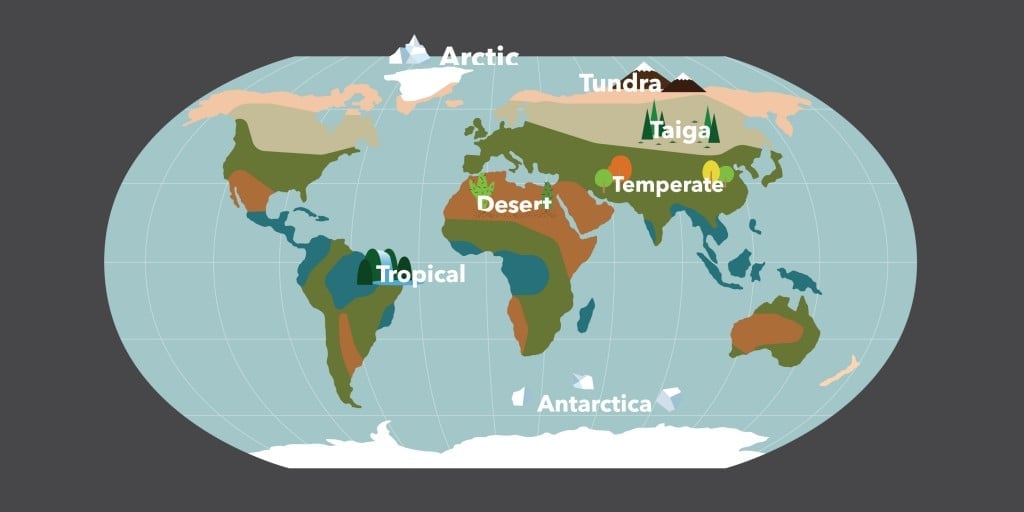
-
Tropical Rainforest: Located near the equator, tropical rainforests are characterized by their high biodiversity and humid conditions. These forests receive over 2000 mm of rain annually and maintain average temperatures between 20 to 25 degrees Celsius throughout the year. The lack of seasonal variation allows a diverse range of plant and animal species to thrive[3][2].
-
Temperate Forest: Found in regions like North America, Europe, and parts of Asia, temperate forests experience four distinct seasons, including cold winters. These forests are composed of both deciduous and evergreen trees and can have temperatures ranging from -30 to 30 degrees Celsius[3][6].

title: 'Road passing through a beautiful temperate forest at fall(Stephane Bidouze)S' and caption: 'a road with trees and leaves on the side' -
Grassland: Grasslands are large, open areas dominated by grasses with few trees. They are known for their rich soil, which supports a variety of wildlife and plants. Examples include temperate grasslands in North America and savannas in Africa that feature scattered trees and distinct wet and dry seasons[1][2].

title: 'White cloud formations in a bright blue sky over the beautiful African savannah(Cobus Olivier)s' and caption: 'a field with trees and blue sky' -
Desert: Deserts cover about 20% of the Earth’s surface and are categorized as either hot or cold, characterized by receiving less than 50 cm of precipitation per year. Desert life is adapted to extreme temperatures and limited water availability[1][6].
-
Tundra: This biome is known for its extreme cold and low biodiversity. Tundra regions are often treeless, have a layer of permanently frozen subsoil called permafrost, and receive very low precipitation ranging from 15 to 25 cm annually. It is typically divided into Arctic tundra and Alpine tundra, which are home to unique vegetation, including mosses and lichens[3][5][2].
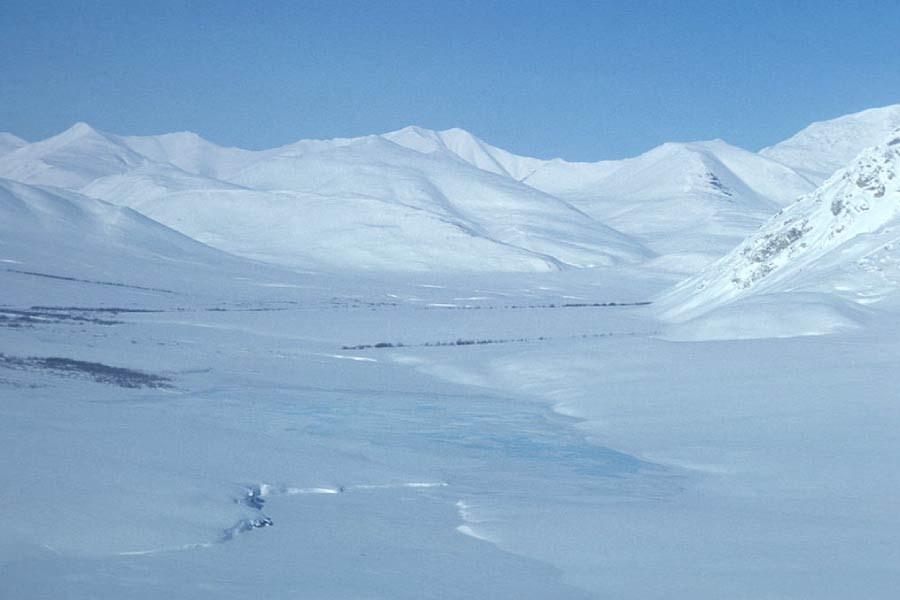
title: 'Tundra In Winter' and caption: 'a snowy mountain range with blue sky' -
Boreal Forest (Taiga): The taiga is the largest terrestrial biome and is primarily found in North America and Eurasia. Characterized by coniferous trees, this biome experiences long, cold winters and short growing seasons. It plays a critical role in carbon storage and contains a rich variety of wildlife adapted to cold climates[3][1].
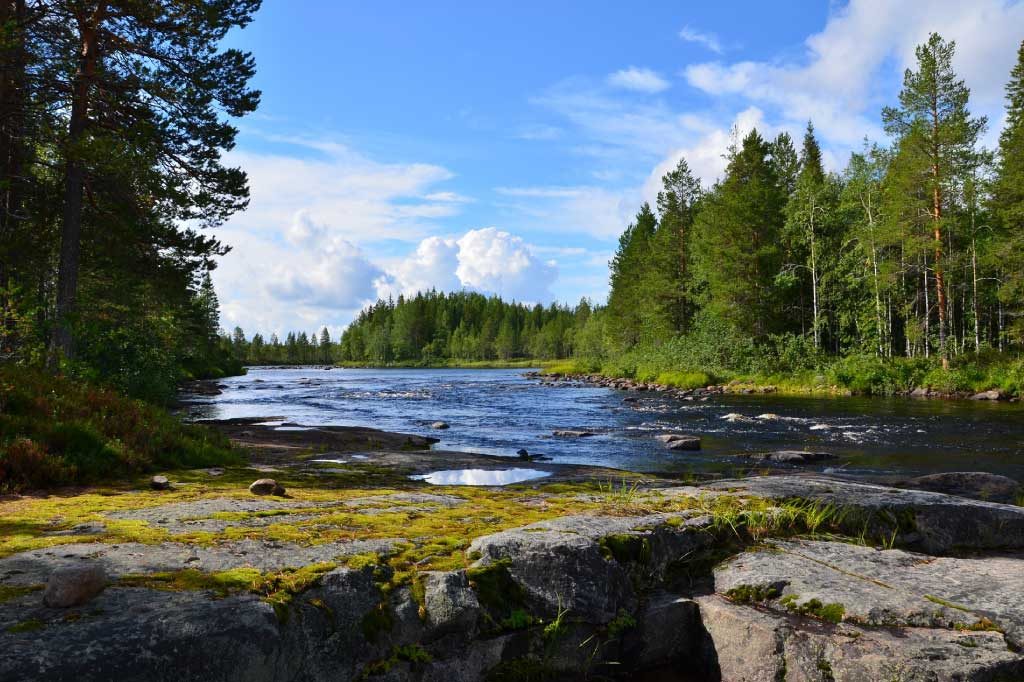
title: 'What is the taiga main image' and caption: 'a river with rocks and trees' -
Shrubland (Chaparral): Found in Mediterranean regions, shrublands are characterized by hot, dry summers and mild, wet winters. They support a range of flora, including drought-resistant shrubs and small trees, and are subject to seasonal wildfires[6].

title: 'A temperate forest in the Northern Hemisphere' and caption: 'a trail through a forest'
Aquatic Biomes

-
Freshwater Biome: Freshwater biomes include lakes, rivers, ponds, and wetlands. These ecosystems are characterized by low salt concentrations and provide habitats for diverse organisms. Freshwater environments play a vital role in the water cycle and support numerous communities of plants and animals[1][5].
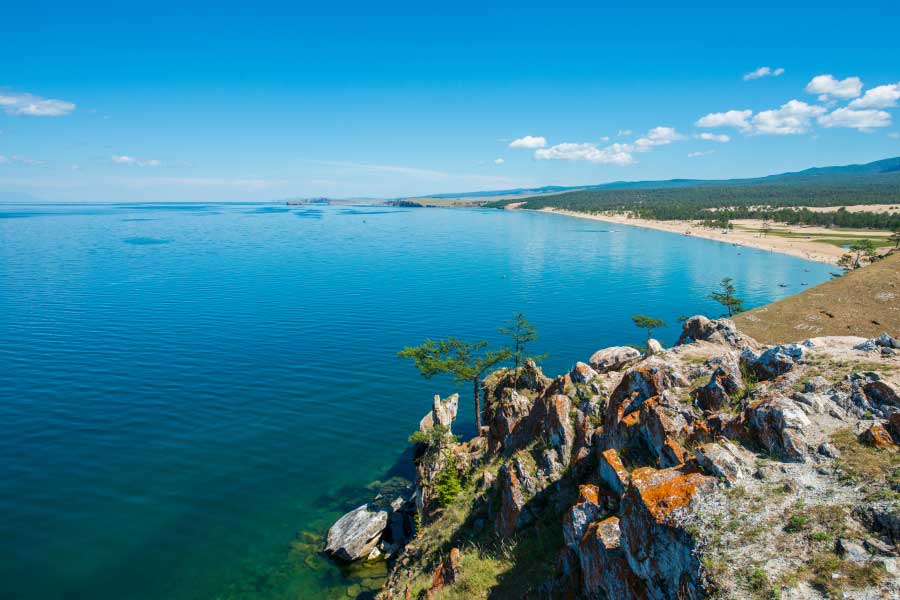
title: 'Lake Baikal' and caption: 'a rocky cliff above a body of water' -
Marine Biome: Covering approximately 75% of the Earth's surface, marine biomes include oceans, coral reefs, and estuaries. They are defined by high salinity and are crucial for global climate regulation due to their ability to store carbon dioxide. Coral reefs, found in shallow tropical waters, are among the most biodiverse ecosystems on the planet[1][2].
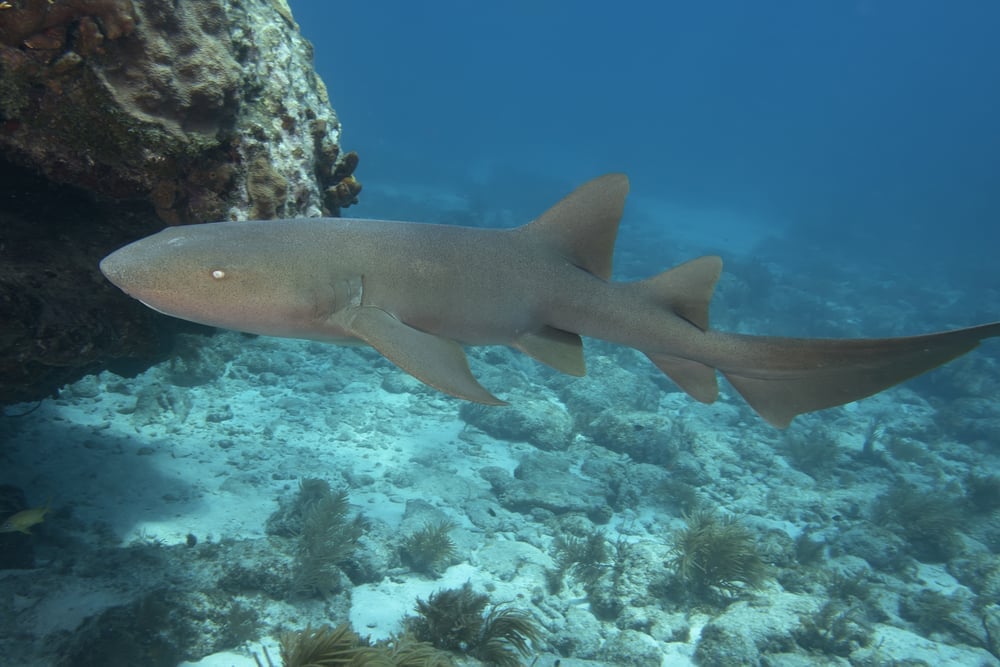
title: 'Underwater Nurse Shark in the Florida Keys(Andrew Jalbert)s' and caption: 'a shark swimming under water' -
Estuaries: Areas where freshwater from rivers meets and mixes with saltwater from the ocean are known as estuaries. These regions are especially rich in nutrients and support unique plant life that can tolerate varying salinity levels, making them critical for fish spawning and other marine life[2].
Biodiversity and Adaptation
Each of these biomes supports a distinct range of ecosystems, shaped by climate conditions, soil types, and geographic features. The organisms that inhabit these biomes have adapted to their environments over time, developing unique traits that allow them to survive and thrive under specific conditions. For instance, desert plants often have deep roots and waxy leaves to minimize water loss, while tundra species may have short growing seasons and specialized reproductive strategies[3][5].
Conclusion
Understanding the various types of biomes and their characteristics is essential for ecological study and conservation efforts. Each biome contributes to the Earth's biodiversity and plays a significant role in the global ecological balance. By studying the interactions within these biomes, scientists can better comprehend the complex relationships between climate, vegetation, and wildlife, ultimately aiding in the preservation of the planet's ecosystems.
Let's look at alternatives:
- Modify the query.
- Start a new thread.
- Remove sources (if manually added).
- Request a manual search from our human research team.

The Prelude to Conflict
The American Civil War (1861–1865) was the culmination of decades of escalating tensions between northern and southern states, primarily fueled by differing economic systems, social structures, and political ideologies. A significant cause of the war was the contentious issue of slavery. While the North was experiencing industrial growth and a shift towards smaller farms reliant on free labor, the South remained dependent on a plantation economy that heavily utilized enslaved labor for cash crops such as cotton and tobacco. By 1860, a deepening divide existed—the North's economy was modernizing, whereas the Southern economy was rooted in an antique reliance on slavery, which many Southerners saw as vital to their economic survival and social order[2][3].
The conflict over slavery and its expansion into new territories following the Mexican-American War further strained relations. The U.S. Congress's passage of the Kansas-Nebraska Act in 1854 ignited fierce debates, leading to violent skirmishes known as 'Bleeding Kansas' as both pro- and anti-slavery factions vied for control. The Dred Scott decision by the Supreme Court in 1857 effectively affirmed the legality of slavery in territories, intensifying tensions even more. These developments moved the political landscape towards the emergence of the anti-slavery Republican Party, whose rise coincided with Abraham Lincoln’s election in 1860. Lincoln's election was perceived by Southern leaders as a direct threat to the institution of slavery, leading seven Southern states—South Carolina, Mississippi, Florida, Alabama, Georgia, Louisiana, and Texas—to secede from the Union, thereby forming the Confederate States of America[2][3][4].
The Outbreak of War

The immediate trigger of the Civil War occurred when Confederate forces fired upon Fort Sumter in South Carolina on April 12, 1861. This event marked the beginning of armed conflict between the Union and Confederacy. Following this assault, four additional states—Virginia, Arkansas, North Carolina, and Tennessee—joined the Confederacy, illustrating the rapid escalation of division[2][3]. Lincoln's initial response included calling for 75,000 militiamen, asserting that the Southern secession did not constitute a legal dissolution of the Union[3].
The War's Course

The Civil War became America's bloodiest conflict, characterized by significant battles such as the First Battle of Bull Run, Antietam, and Gettysburg, resulting in unprecedented casualties. The total death toll from the war is estimated to range from 752,000 to 850,000, representing about 2% of the American population in 1860[3][4]. Major battles often ended in heavy losses on both sides, but the Union gradually gained ground. Military leadership evolved throughout the war, with individuals like Ulysses S. Grant and Robert E. Lee becoming prominent figures representing the Union and Confederacy, respectively[3].
As the war continued, the Union's strategy shifted to total war, aiming to dismantle the Confederacy's infrastructure and morale. Key victories, such as the Union's capture of Vicksburg in 1863 and Lee's defeat at Gettysburg, marked turning points in the conflict, signaling a slow decline of Confederate capabilities[2][3].
Consequences of the Civil War

The American Civil War resulted in profound and lasting impacts on the nation. The most significant consequence was the abolition of slavery, formalized by the 13th Amendment, which was ratified in December 1865. The destruction wrought by the war left the Southern economy in tatters, with cities razed and a complete re-evaluation of social structures required as former enslaved individuals sought freedom and new societal roles[3][4].
The conflict also led to widespread political changes, as the debates surrounding states' rights and federal authority were thrust to the forefront. The war effectively reshaped the federal government’s role in American society, asserting greater federal power over individual states, particularly in matters concerning civil rights and economic policies[2].
Additionally, the legacy of the Civil War has continued to influence American society, leading to ongoing debates regarding race relations and the commemoration of Confederate symbols and leaders. The revival of Confederate symbols in the mid-20th century is often criticized for its associations with racism and white supremacy, demonstrating that the war's effects persist in contemporary political and social discourse[3].
In summary, the American Civil War emerged from a complex interplay of economic, social, and political factors centering around slavery, leading to a devastating conflict replete with far-reaching consequences that reshaped the nation permanently.
Let's look at alternatives:
- Modify the query.
- Start a new thread.
- Remove sources (if manually added).
- Request a manual search from our human research team.
Get more accurate answers with Super Search, upload files, personalised discovery feed, save searches and contribute to the PandiPedia.
Let's look at alternatives:
- Modify the query.
- Start a new thread.
- Remove sources (if manually added).
- Request a manual search from our human research team.

Recent developments in renewable energy highlight several innovative technologies and policy initiatives aimed at addressing climate change and enhancing energy security.
A 2023 report by the World Economic Forum indicates that 95% of countries have improved their Energy Transition Index scores over the past decade, although progress has been marginal in the last three years. Effective policy and cooperation are critical for accelerating this transition, as currently, 81% of the global energy system relies on fossil fuels, the same as 30 years ago[1][4].
Innovations include a dual energy solution from French start-up Unéole that combines solar panels and wind turbines on rooftops, reportedly producing 40% more energy than solar alone. Another promising technology is from Ubiquitous Technology, featuring transparent solar windows that can generate up to 30% of a building's energy needs[1].
A US start-up, Aeromine, has developed smaller wind generators that can attach to rooftops, which utilize natural airflow to produce 50% more power compared to traditional methods. Similarly, California's SolarAquaGrid aims to cover canals with solar panels, potentially saving vast amounts of water while generating substantial electricity[1].
The International Energy Agency (IEA) reports that achieving the COP28 target of tripling global renewable capacity by 2030 requires overcoming significant challenges, including policy uncertainties and investment in infrastructure. They predict that global renewable capacity could reach 11,000 GW if these issues are addressed promptly[5][6].
Furthermore, the IEA emphasizes that policy environments in major economies, such as the US and India, are becoming increasingly supportive of renewable energy growth, particularly in solar and onshore wind sectors. However, macroeconomic challenges such as higher interest rates are impacting project financing and development timelines[5][6].
These advancements and strategic initiatives signal a critical push towards a sustainable energy future amid growing concerns over climate change and energy dependence.
Let's look at alternatives:
- Modify the query.
- Start a new thread.
- Remove sources (if manually added).
- Request a manual search from our human research team.

Art serves as a profound reflection of cultural identity, offering insight into the values, beliefs, and histories of diverse communities around the world. Through various mediums, art captures the essence of a society, intertwining personal and collective experiences that define who we are.
Art as a Mirror of Cultural Heritage
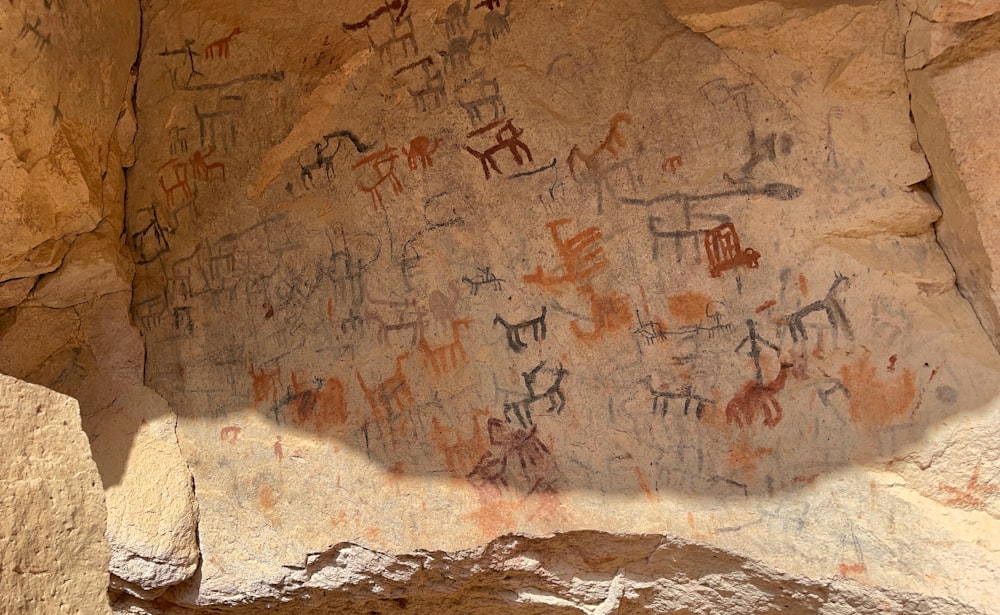
Art conveys and preserves the narratives that define a culture, acting as a visual record of its history and values. Each artwork tells a story about the community from which it originates, providing a glimpse into their traditions. For instance, Australian Aboriginal art plays a pivotal role in showcasing cultural traditions and promoting cross-cultural understanding, demonstrating how art is interwoven with identity and heritage[7]. Similarly, the intricate carvings and paintings of the ancient Greeks and Egyptians not only served religious and political purposes but also preserved the beliefs and customs of their civilizations for future generations[2].
This capacity to serve as a historical record allows art to embody the shared memories and aspirations of a group. As the article notes, “Art communicates cultural narratives, shares historical accounts, and fosters a collective understanding of our roots”[2]. Thus, art functions as a bridge between the past and the present, reinforcing cultural identity amidst the influences of globalization and modernization.
The Power of Artistic Expression in Identity Formation

Artistic expression provides individuals with a medium to articulate their unique experiences and cultural backgrounds. For many artists, their creations reflect their personal struggles, traditions, and identities. For instance, artists like Frida Kahlo and Amrita Sher-Gil have utilized their art to explore their cultural identities, inviting audiences to engage with themes of resilience and belonging through their work[8]. Kahlo’s self-portraits vividly incorporate elements of her Mexican heritage, while Sher-Gil’s paintings capture the intersections of her dual cultural background as an Indian-Hungarian artist[8].
Moreover, contemporary artists often challenge conventional notions of identity by exploring themes of race, gender, and representation through their work. Artists such as Kehinde Wiley intentionally disrupt the Western art canon by celebrating the dignity and agency of marginalized communities, thereby affirming their cultural heritage[8]. Such artistic practices not only reflect the artist's identity but also stimulate broader conversations about societal norms and cultural understanding.
Art Fostering Cultural Understanding and Empathy

Art serves as a universal language that transcends cultural barriers, fostering understanding among diverse groups. Engaging with various artistic expressions helps individuals appreciate the richness of different cultures and narratives. For example, art exhibitions and cultural festivals celebrate the diversity of artistic expressions, promoting mutual respect and appreciation among attendees[5]. These events showcase how artists from different backgrounds blend their cultural traditions, creating hybrid forms that reflect unique experiences.
Furthermore, the ability of art to touch on universal themes—such as joy, sorrow, love, and struggle—enables it to resonate across cultures, enhancing empathetic connections. This process is vital for building a more inclusive society, as it cultivates acceptance and understanding among varying communities[5]. Through artistic initiatives, individuals can share their unique backgrounds, fostering community cohesion and cultural equity[5].
Challenges and Opportunities in Cultural Representation
Despite its pivotal role in representing cultural identities, the art world also grapples with challenges such as appropriation and commodification. These issues raise ethical concerns about who has the right to represent a culture and how cultural symbols are used. Artistic expressions can sometimes risk misrepresentation, overshadowing the authentic narratives of the communities they aim to depict[3].
However, the evolving landscape of digital technology offers new avenues for cultural representation and preservation. Digital art, virtual reality, and interactive installations enable artists to tell their cultural stories in innovative ways, reaching broader audiences[5]. As the art landscape becomes increasingly interconnected, there is an opportunity for artists to collaborate and create works that enrich cultural dialogues, ensuring that diverse voices are represented and respected[5][7].
Conclusion

Art remains a vital tool for reflecting cultural identity, preserving heritage, and fostering understanding among diverse communities. Through its various forms of expression, art illuminates the intricacies of individual and collective identities, inviting viewers to explore the rich tapestry of human experience. As societal contexts shift, the relationship between art and cultural identity will continue to evolve, offering new perspectives and insights that celebrate diversity and promote intercultural understanding. By embracing the power of art in its many expressions, we can acknowledge and appreciate the profound connection between creativity and cultural identity.
Let's look at alternatives:
- Modify the query.
- Start a new thread.
- Remove sources (if manually added).
- Request a manual search from our human research team.

Art plays a crucial role in social movements by expressing dissent and uniting communities. It serves as a powerful tool to amplify marginalized voices, enabling people to confront societal issues such as racial injustice, gender inequality, and environmental concerns[1][2]. Artistic expressions, like protest songs and street murals, act as rallying points, fostering solidarity and collective action among individuals[2][3].
Furthermore, art evokes empathy, facilitates dialogue, and challenges dominant narratives, prompting society to reflect on its values and beliefs[1][2][4]. Through socially engaged practices, artists can transform communities by involving them in the creation process, thus empowering individuals to enact meaningful change[5].
Let's look at alternatives:
- Modify the query.
- Start a new thread.
- Remove sources (if manually added).
- Request a manual search from our human research team.